How To Make A Better Pickle: Tarragon Pickles Recipe For Canning
Views: 63
Are you looking for new flavors in your next pickles recipe for canning? If that’s the case, you’ve come to the right place. While dill pickle recipes have always held the title as the top choice for making pickled cucumbers, there’s a world of creative pickling recipe flavors waiting to be explored. When we say “creative,” we’re not talking about the run-of-the-mill bread and butter pickles recipe as an alternative to dill pickles. If that piques your interest, then this tarragon pickles canning recipe is tailor-made for you.
Now, you might be wondering what makes this recipe different from our previous tarragon pickles and tarragon pickled vegetables recipe. Well, this version has been recalibrated, including brine proportions, to work with modern canning methods, making it safe and easy to try at home. Our previous version was specifically designed to work for those who prefer open kettle canning.

Cucumbers to use in this recipe
Before you start making pickles, let’s talk about cucumbers. As this article so well explains, there’s more than one type of cucumber out there.
Importantly, if you don’t want your pickles to go mushy, you’ll need a specific type of cucumber for your pickling project.
Firstly, those long English cucumbers or the ones sold as slicing cucumbers are great for salads but not for pickling. They tend to go mushy, which isn’t what we want for our pickles.
Next, learn the different names for pickling cucumbers. You might find them labelled as “dill cucumbers,” “Kirby cucumbers,” “pickling cucumbers,” or “bread and butter cucumbers” at your local farmers’ markets. No matter the name, any of these are perfect for this recipe.
Lastly, about gherkins, while you can pickle them using this recipe, it’s important to know they’re not cucumbers. They belong to a different plant species altogether.
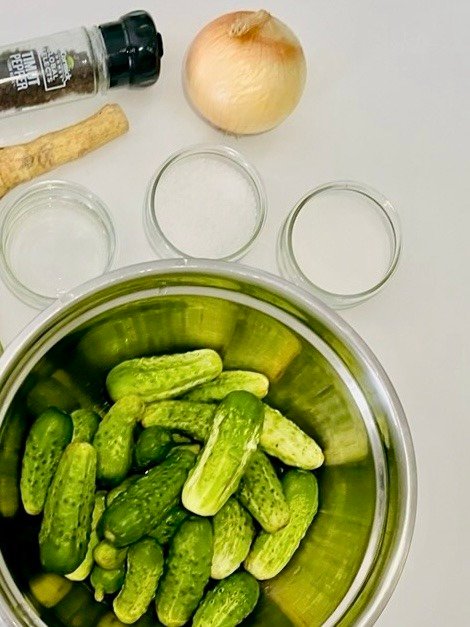
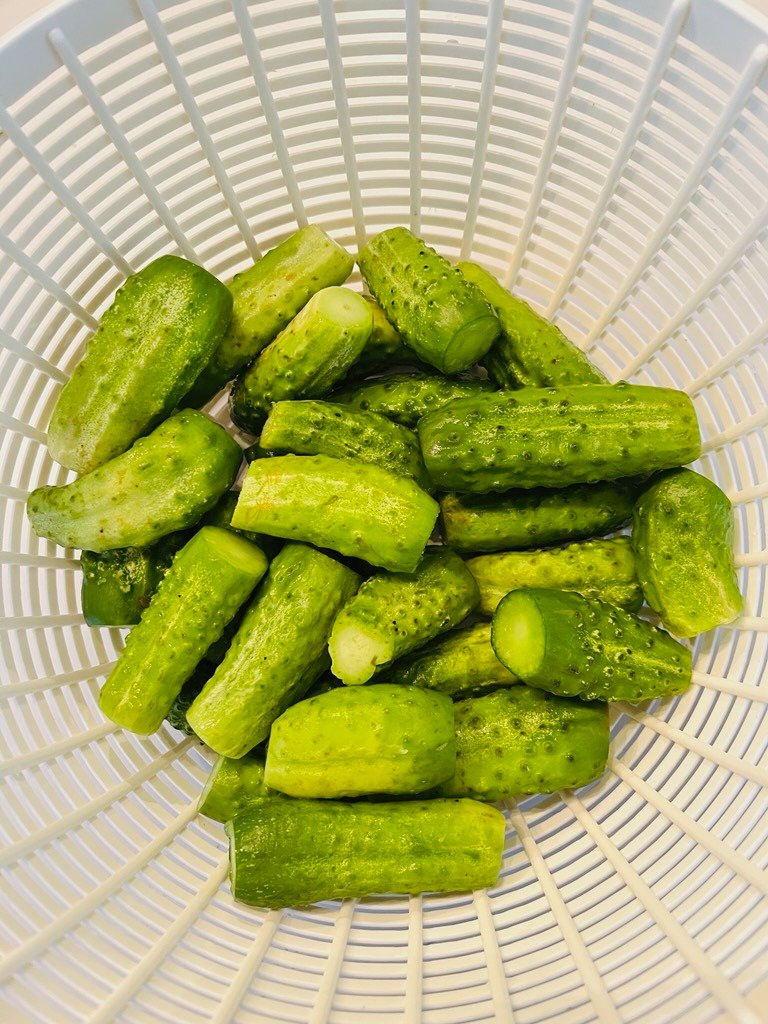
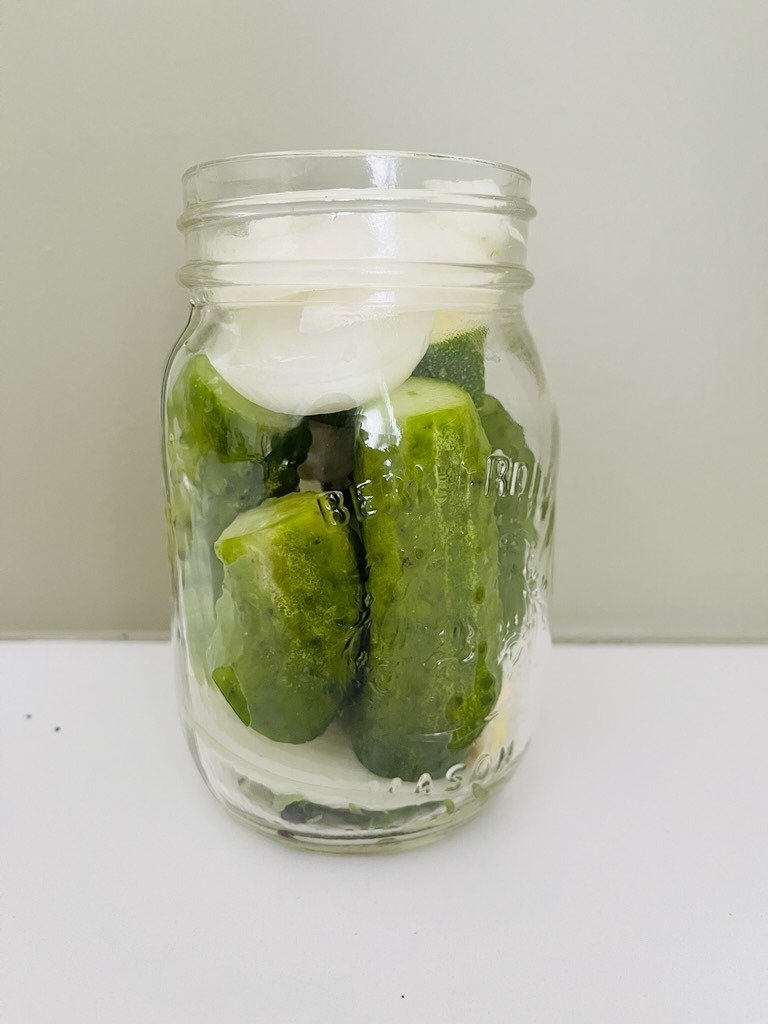
Tarragon Pickles Recipe for Canning
Ingredients
The required amount of marinade is determined by the number of 32 oz. (1-liter) Mason jars used, not the weight of the cucumbers. This is because a pound of cucumbers that are large in size will require more space in your jars than a pound of cucumber that are small. Depending on the size of cucumbers used and whether you want to slice larger cucumbers or keep them intact, you may end up using either two 1-liter (32 oz.) Mason jars or one 1-liter (32 oz.) Mason jar paired with one half-liter (16 oz.) Mason jar to fit the weight of cucumbers specified in this recipe.
- Pickling Cucumbers: 4 pounds 1.8 kg
- 1 liter 32 oz. Water, per 1-liter (32 oz.) jar
- 1 ¼ tbsp. pickling salt per 1-liter (32 oz.) jar
- 1 tbsp. sugar per 1-liter (32 oz.) jar
- 1 tbsp 7% Pickling vinegar per 1-liter (32 oz.) jar
- 2 garlic cloves per 1-liter (32 oz.) jar
- 1 large yellow onion
- 1 tarragon sprig per 1-liter (32 oz.) jar
- 3 whole timut peppercorns per 1-liter (32 oz.) jar (optional but highly recommended)
- 2 whole black peppercorns per 1-liter (32 oz.) jar
- 2 slices of horseradish root , about ½ -inch each per 1-liter (32 oz.) jar (optional but highly recommended)
Instructions
Prepare the Vegetables:
- Begin by washing the cucumbers, then soak them in cold water for 2 to 5 hours.
- After draining, trim the ends of the cucumbers.
- Wash and slice the onions into 1-inch (2.5 cm) wide rounds, cutting them in half or quarters as needed.
Sterilize the Jars:
- Make sure to clean and sterilize the jars before you start on this step
- Slice the garlic into thin pieces.
- Divide the sliced garlic, timut pepper, horseradish root, and tarragon equally between the jars, using less for smaller jars.
- Start by placing garlic, pepper, tarragon, and horseradish root at the bottom of the jars.
- Top with a slice or round yellow onion.
- Pack the cucumbers tightly into the jars. The goal is to minimize empty space. If necessary, cut the cucumbers into halves or quarters.
Prepare the Pickling Brine:
- Measure out 1 part (32 oz.) cold, clean water for each 1-liter (32 oz.) jar filled with cucumbers. Pour measured out water into a pot and add the measured out salt and sugar.
Final Steps:
- Bring water to a boil and continue boiling until the sugar and salt are fully dissolved, about 5 minutes. Just before turning off the heat, add the pickling vinegar. Immediately turn off the heat; this is your pickling marinade, also known as brine.
- Carefully pour the brine into the jars with the pickles, leaving ½-inch headspace. Cover with the lids right away and securely tighten the lid bands.
- The pickles are now ready to be processed in a hot water bath or atmospheric steam canner
Processing time guidelines for hot water bath or atmospheric steam canners
| Jar Size | Altitude | ||
|---|---|---|---|
| 0 – 1,000 ft | 1,001 – 6,000 ft | Above 6,000 ft | |
| Pints (16 oz) | 10 min | 15 | 20 |
| Quarts (32 oz) | 15 | 20 | 25 |
Frequently asked questions
How soon can you eat pickles
When it comes to pickles, patience pays off. For best results, wait at least a week before cracking open your freshly made pickles. For the best taste, give them a full month.
Can I use this canning recipe with open kettle canning?
If you are interested to make tarragon pickles using open kettle canning, we have created a canning recipe that will work for you.
Can pickled cucumbers prepared this way go bad?
Yes, pickled cucumbers can go bad. While the pickling process helps preserve cucumbers, factors such as improper sealing, contamination, or extended storage can lead to spoilage. Signs of spoilage include a change in color, off-putting odor, or the presence of mold. If you notice any of these signs, it’s best to discard the pickles to avoid the risk of consuming spoiled food. Proper storage and adherence to recommended pickling procedures can help prolong the shelf life of pickled cucumbers.
What jars should you use for this pickles
We use 1-liter (32 oz.) Mason jars with a wide mouth. They’re super handy for pickling cucumbers or pretty much anything else. And don’t worry if your vegetables don’t quite fill up the whole 1-liter jar – you can use a half-liter jar (16 oz.) to pickle the remaining vegetables.
Using Pickled Vegetables: Versatility at Its Best
These pickled vegetables are a flavor-packed wonders waiting to be explored. Here are cool ways to enjoy them:
- With Grilled Meats: Serve them as a side to grilled meats for a delicious combo of flavors.
- With Burgers: Make your burgers epic! Jazz them by adding a slice of a marrow or a pickles on top of a grilled burger patty.
- Must-Have for Sauces: These pickles are a secret weapon for sauces like Sauce Gribiche, Remoulade, and homemade Tartar Sauce.
Whether you’re grilling, tossing salads, or saucing things up, these pickled cucumbers are your go-to for adding that special something to your food.
You may also like:
-
How To Pickle Pattypan Squash: Guide And Canning Recipe
Pattypan squash is an excellent choice for pickling. It tastes great even with the simplest pickling recipes. However, the brine ingredients and aromatics in our recipe make this delicate vegetable simply irresistible. You won’t want to miss out!
-
Pickled Eggplant Recipe with just five ingredients
Pickled eggplant is a beloved ingredient in Mediterranean cuisines and across Europe. Found in dishes from Italy, Greece, and Turkey, it shines on mezze platters, enhancing the flavors of olives, cheeses, and cured meats. Now, you can bring that same culinary magic home with our pickled eggplant canning recipe.
-
How To Make A Better Pickle: Tarragon Pickles Recipe For Canning
Tarragon in the pickles? We get the question. First, we were not convinced about the choice either. But just one taste of these tarragon pickles changed our minds and won us over. These pickles’ unexpected tanginess and rich flavor quickly made them our top pickling choice. Move over, dill pickles—there’s a new favorite in town!
-
How To Open Kettle Can Tarragon Pickles And Vegetables
Dill pickles have always been a popular choice for pickled cucumbers. This tarragon pickles recipe gives you an opportunity to step outside the box of dill pickles and try something new. Explore the unique taste of tarragon pickles or, better yet, mix cucumbers with other veggies for an interesting combination of flavors
-
Simple Old World Style Pickled Dill Cucumbers Canning Recipe
Introducing a timeless recipe for canning dill pickles! We’ve updated the traditional family formula for modern canning methods without compromising on the beloved pickle flavor and crunch. Enjoy the perfect fusion of tradition and modernity.
-
Russian-Style Spicy Pickled Eggplants For Canning Or Eat Now
Pickled eggplants are ubiquitous all over Russia and Eastern Europe. They are typically enjoyed as a side dish or appetizer. Our time-tested pickled eggplant recipe is a spicy version of this tasty treat and can be made for immediate consumption or for canning to extend its shelf life.
-
How To Make Pickled Tomatoes And Cucumbers Using Inversion Canning
These pickled tomatoes and cucumbers are like a time machine to the kitchens of old-school Eastern Europe. Our pickled tomatoes stay crisp and cucumbers crunching, thanks to this classic open kettle (inversion canning) recipe that was passed down to us through generations.
-
How to can whole tomatoes the old fashioned way
Discover how to can whole tomatoes with this old fashioned canning recipe. Simplicity defines the process; no water bath or pressure canning is needed.
-
Authentic Old Fashioned Dill Pickles Recipe For Open Kettle Canning
Discover the art of canning crunchy pickled cucumbers with a recipe that echoes the traditions of the old world. Simplicity defines the process; no water bath or pressure canning is needed.
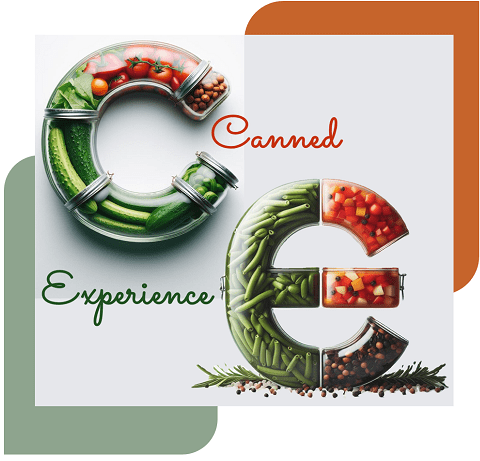
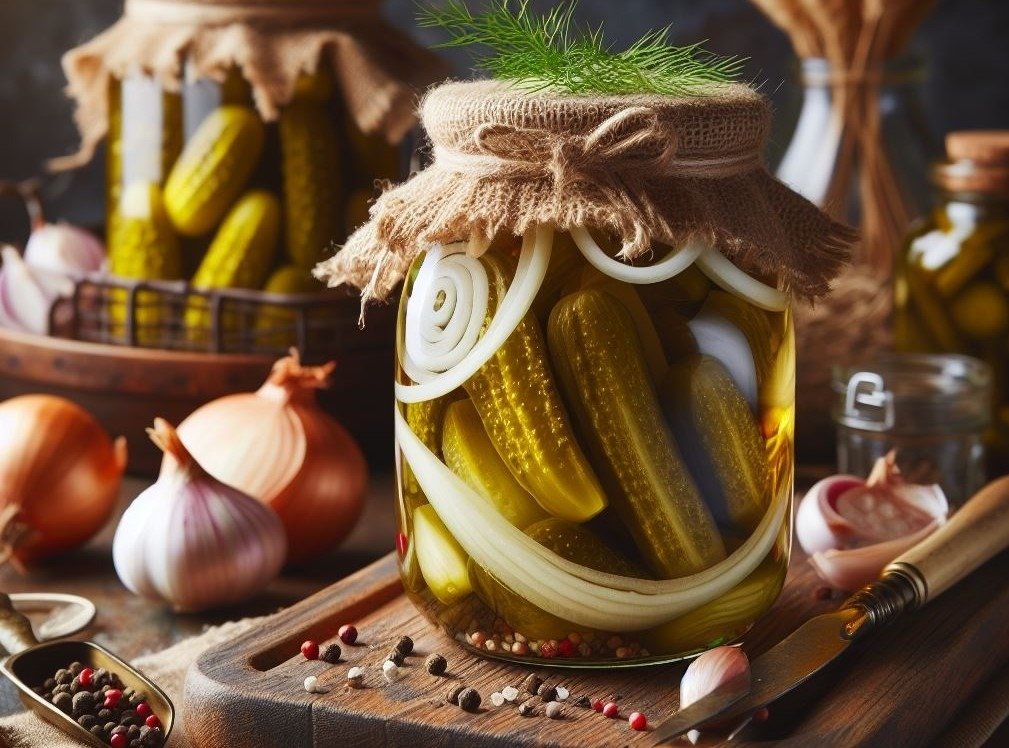
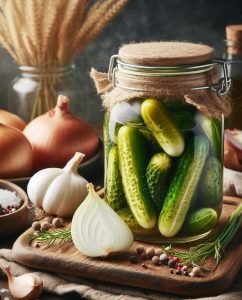
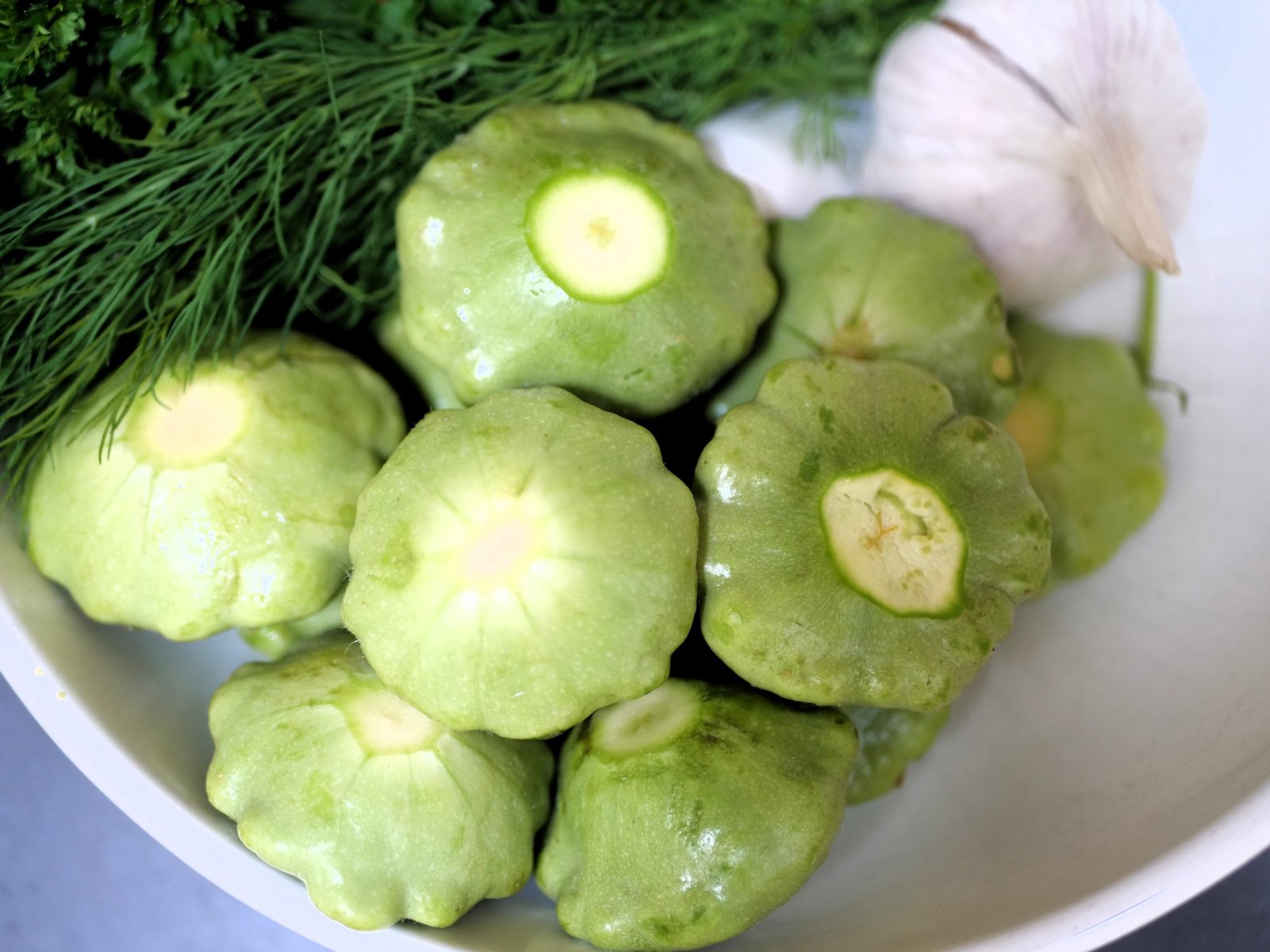
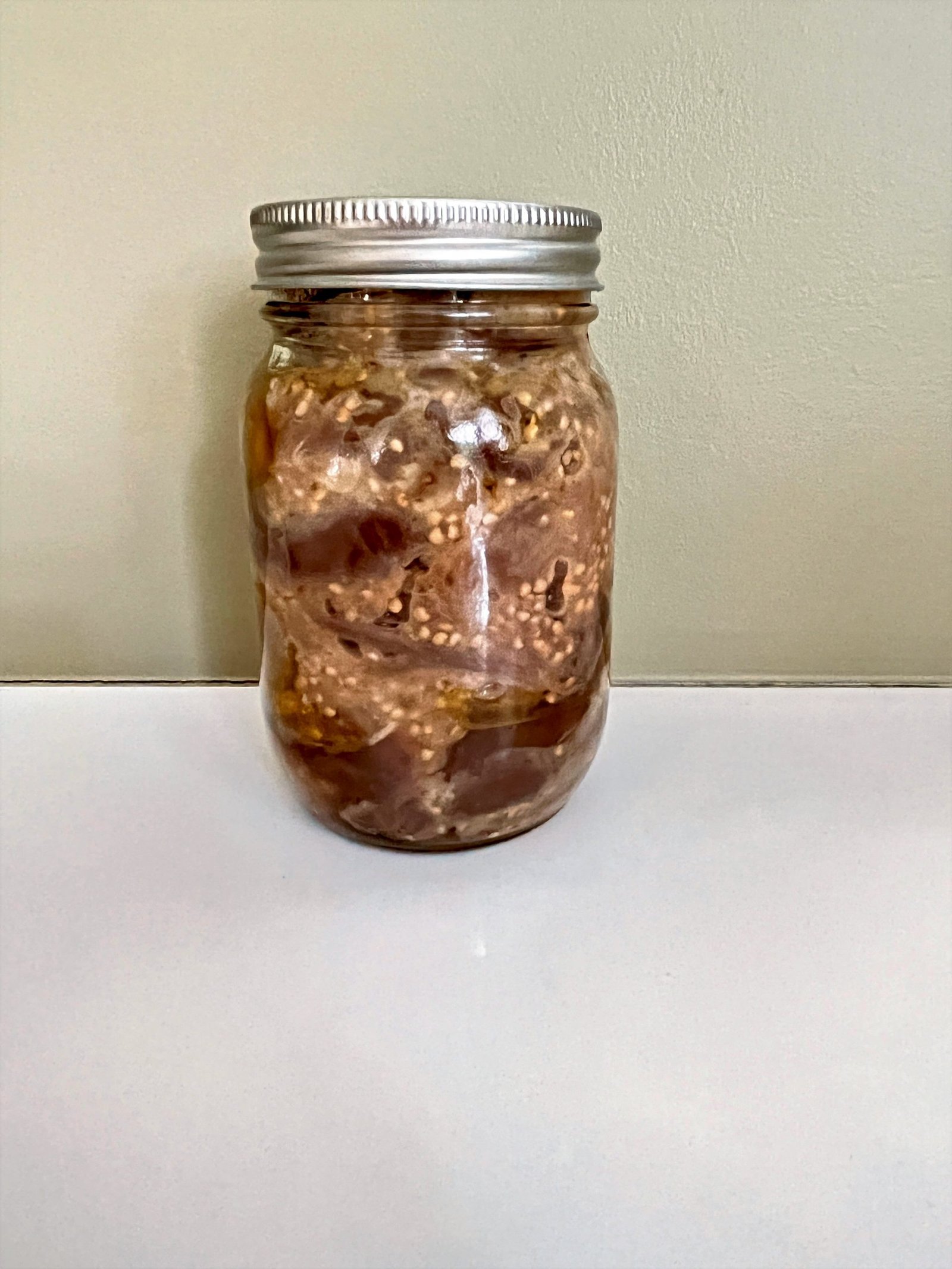
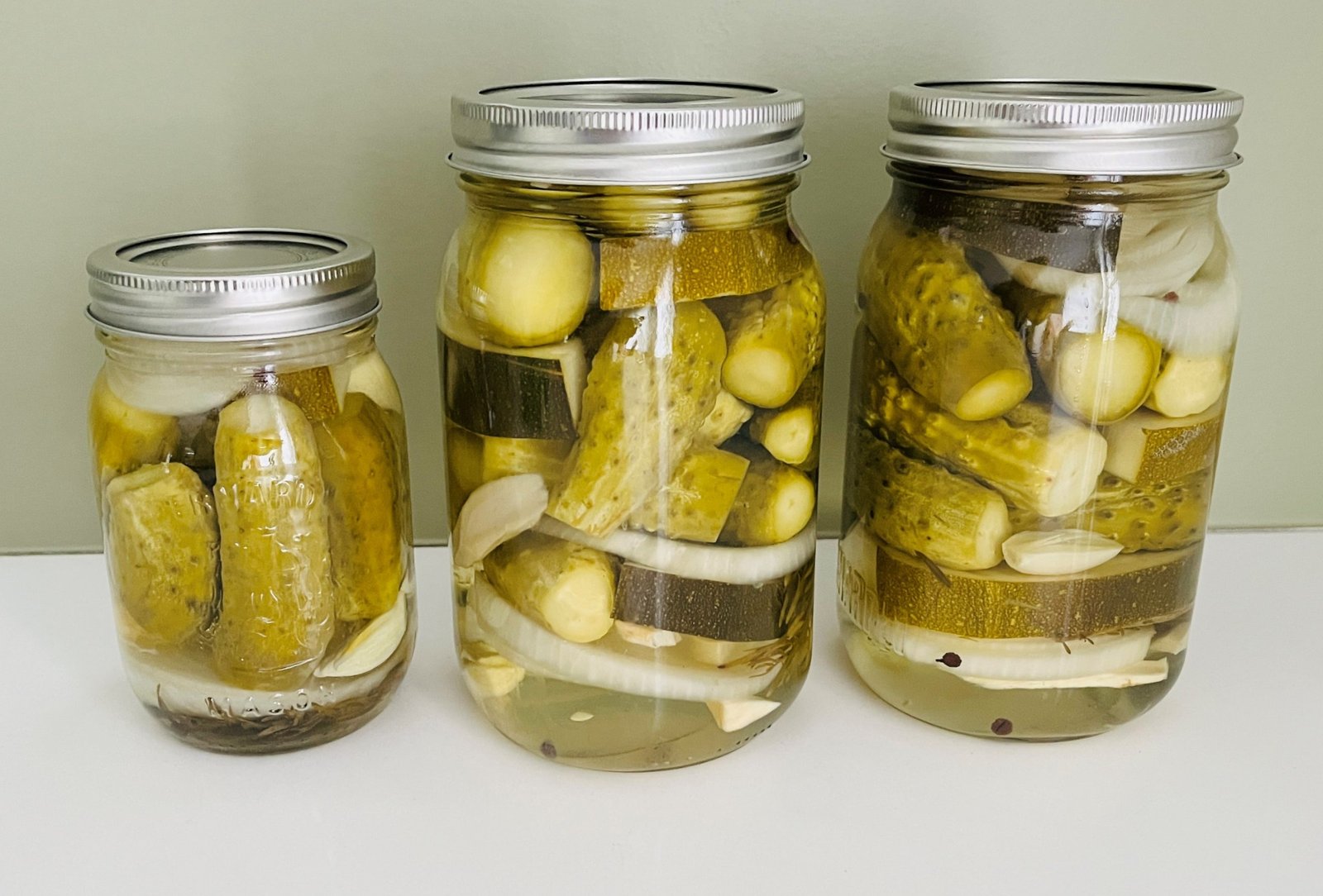
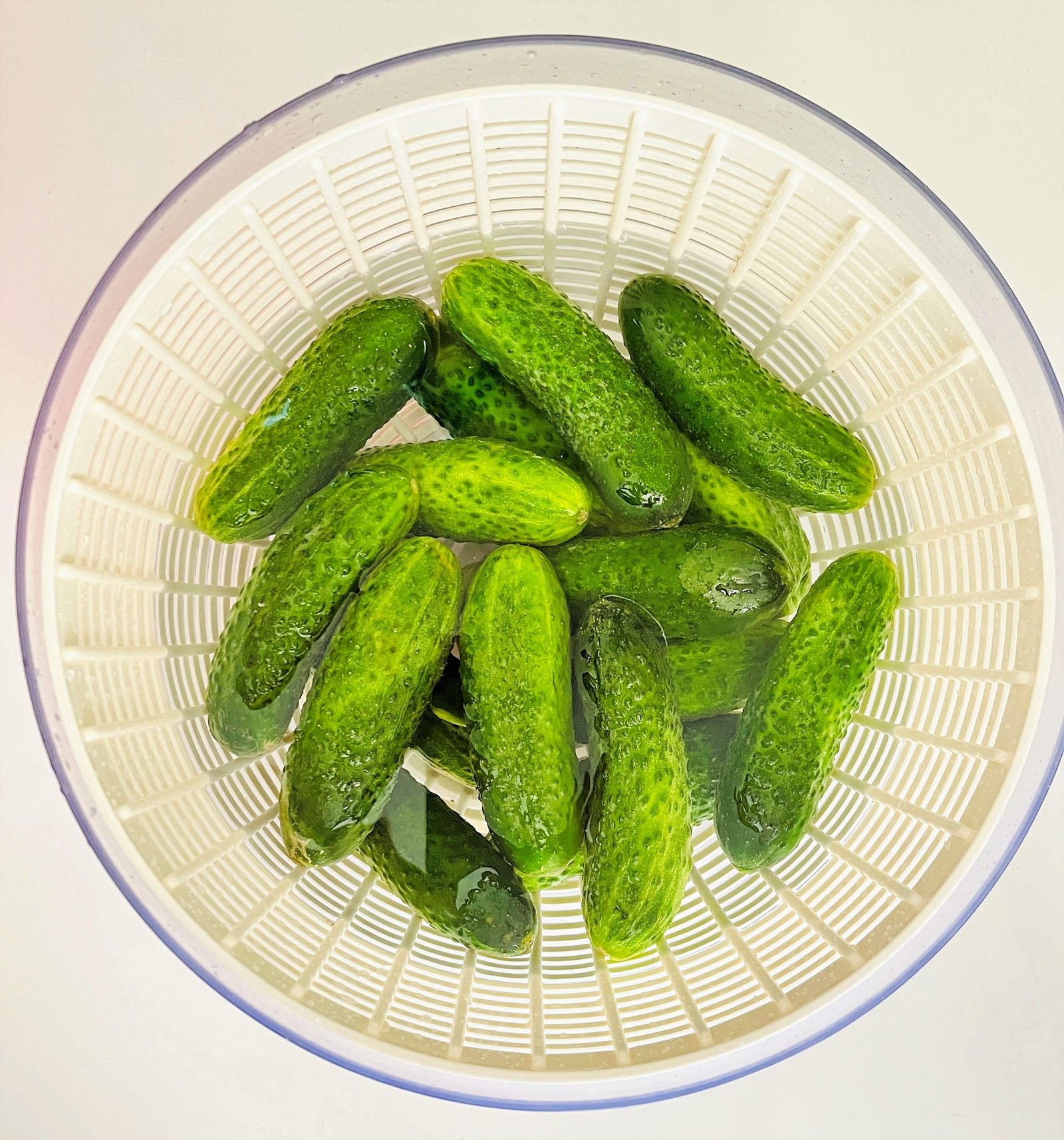
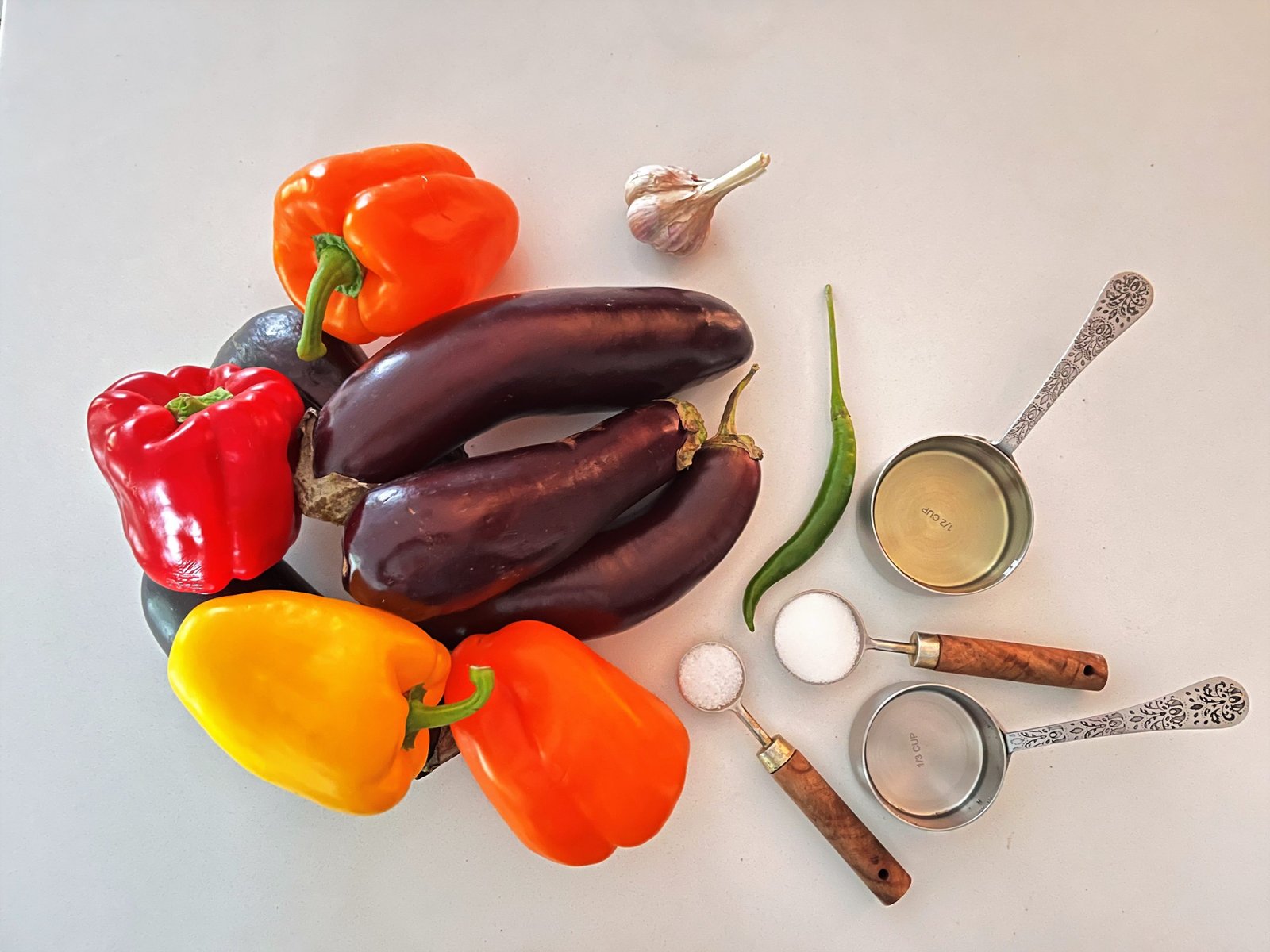
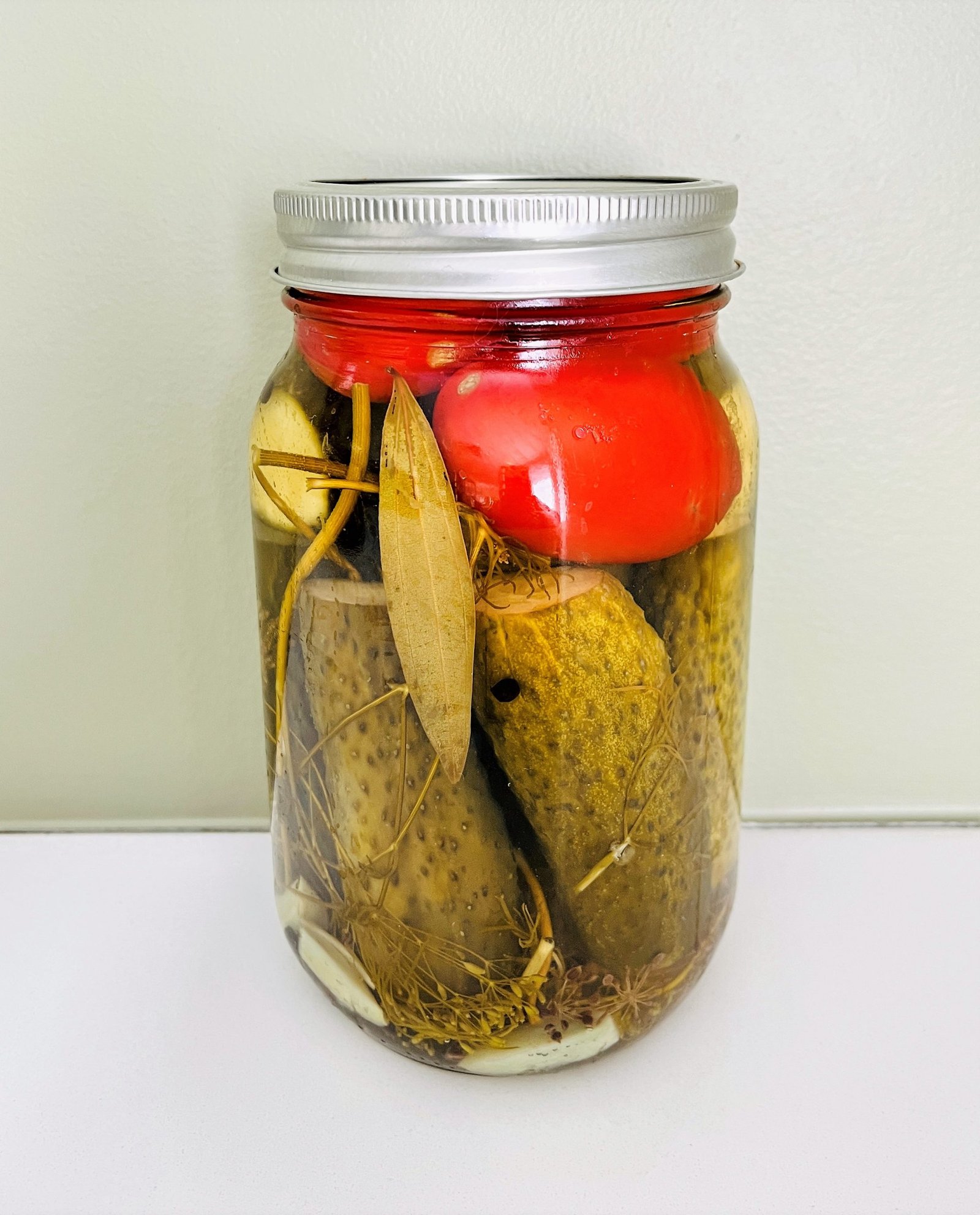
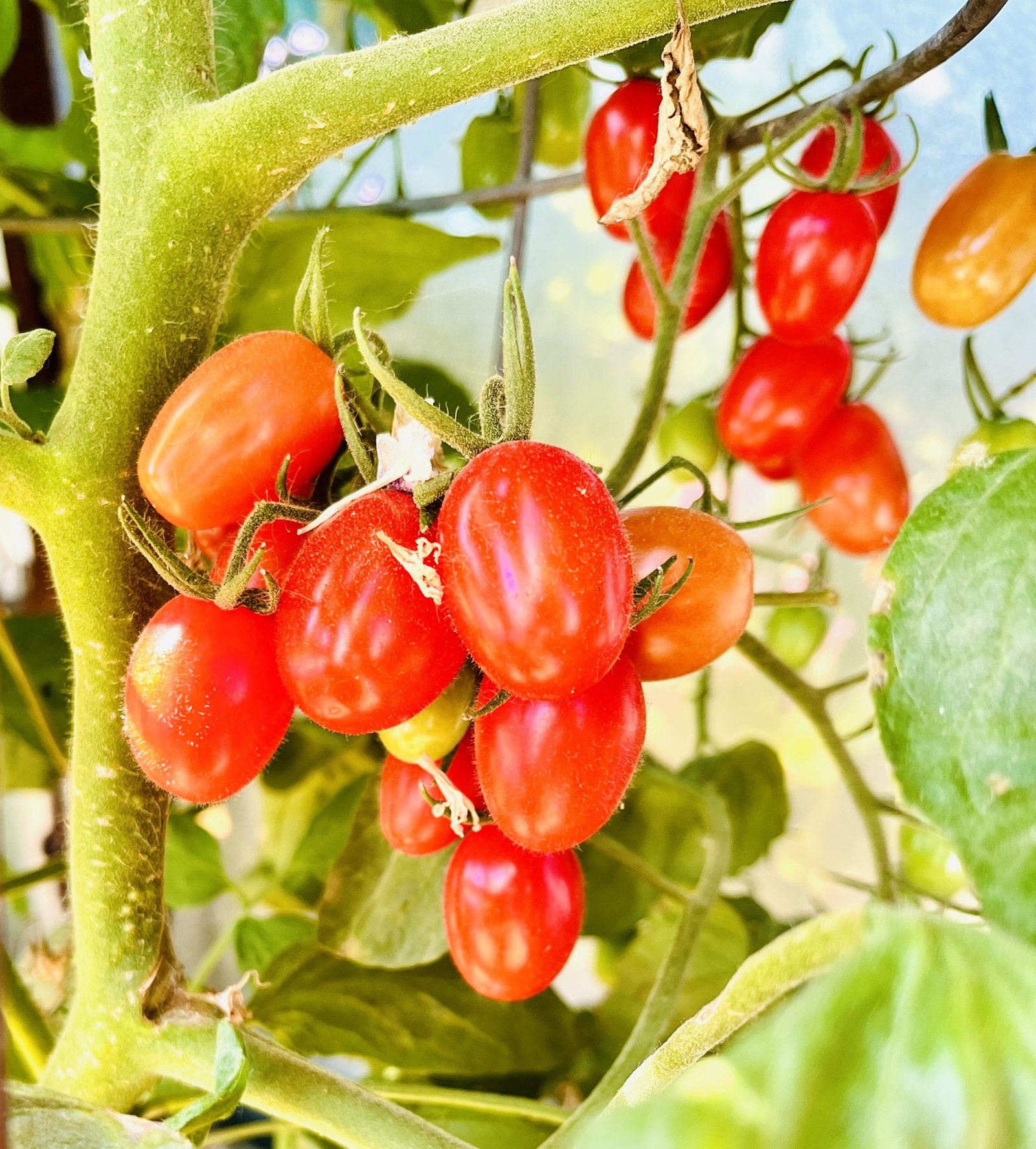
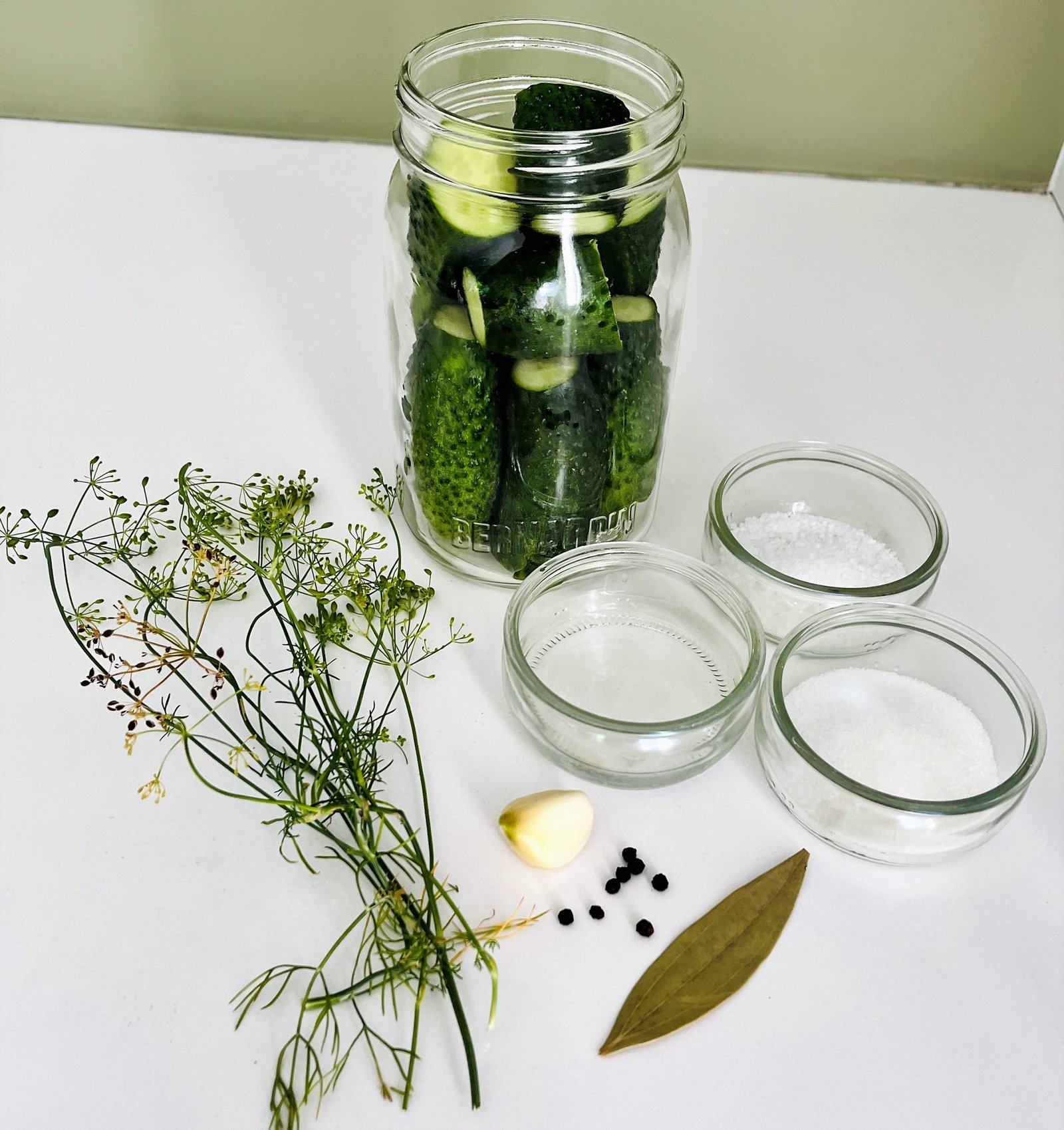

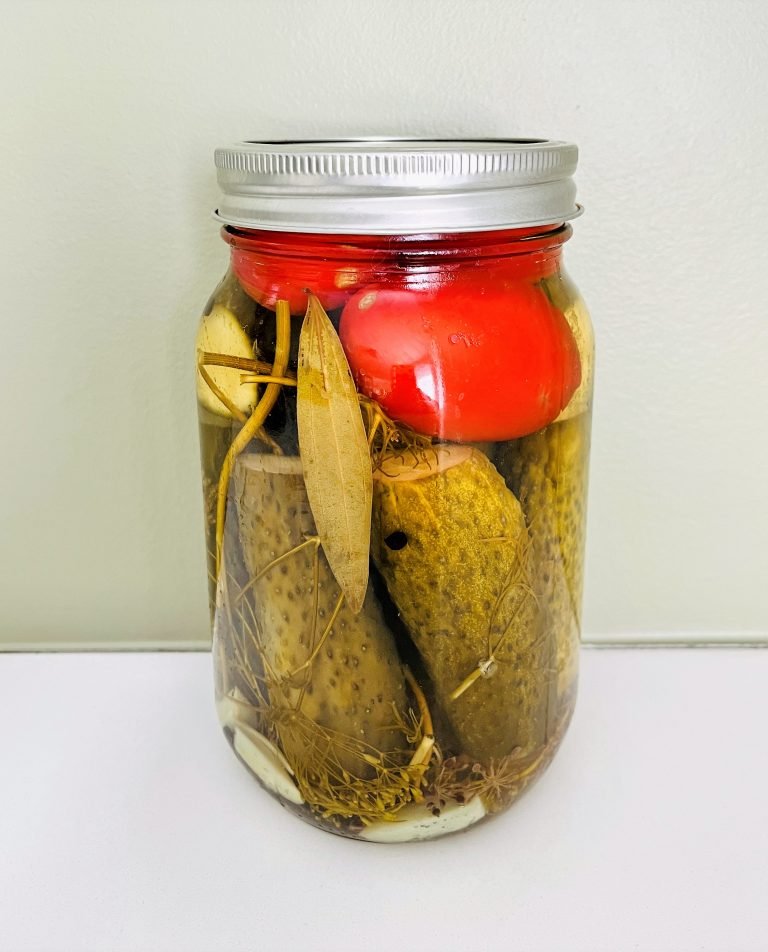
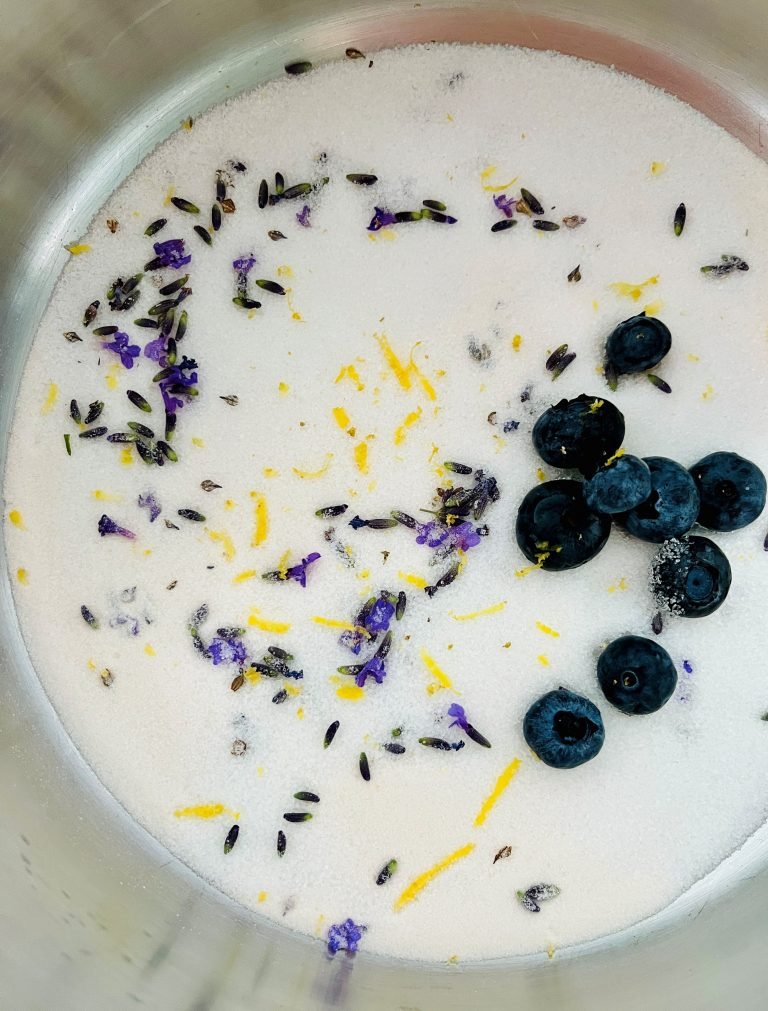
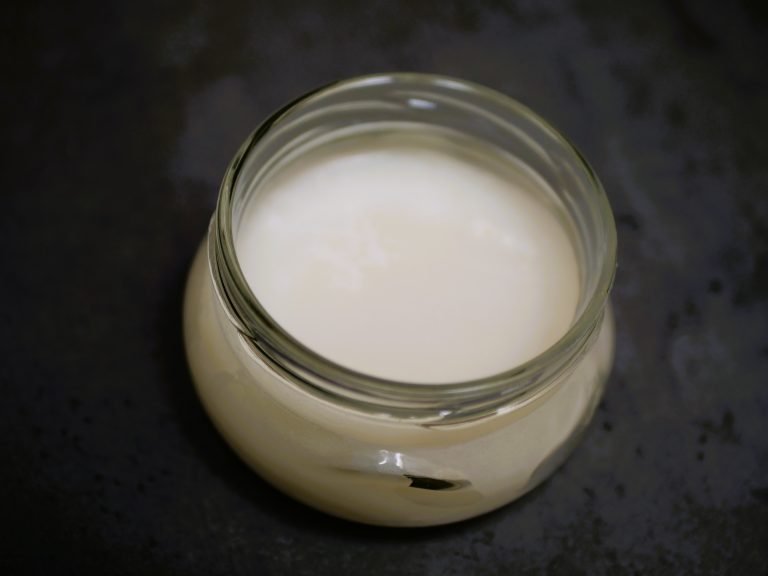
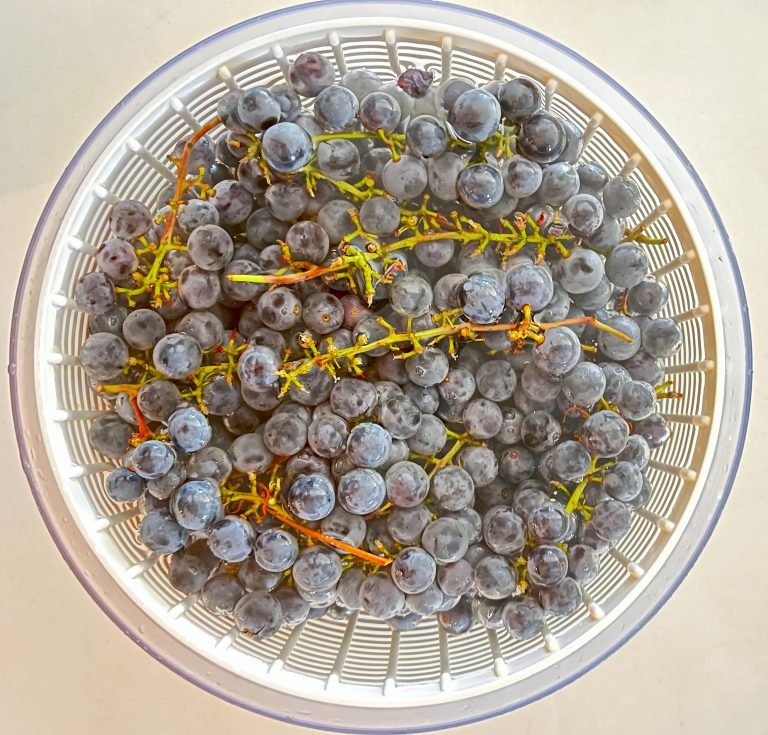
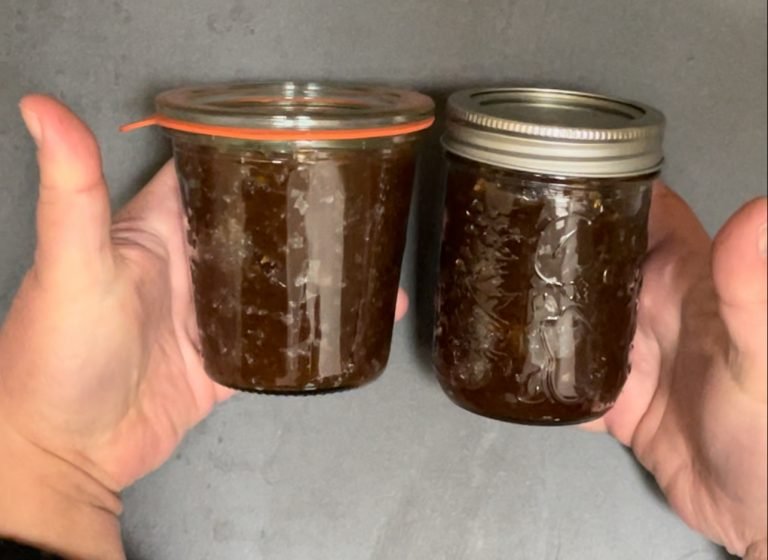
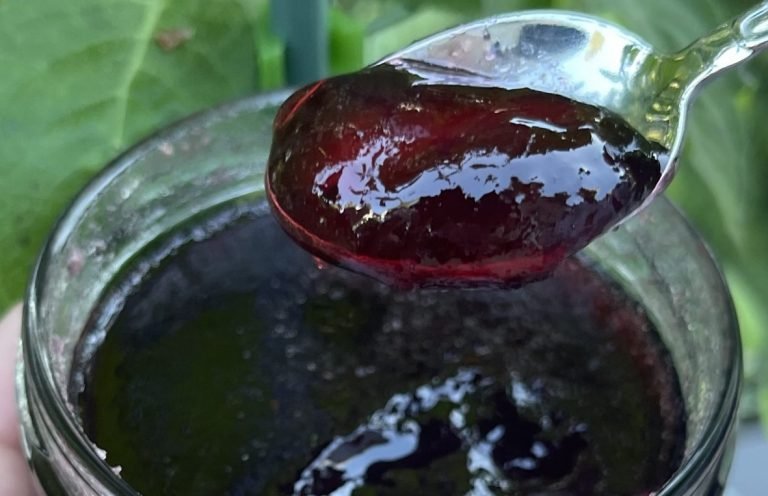
Leave a Reply